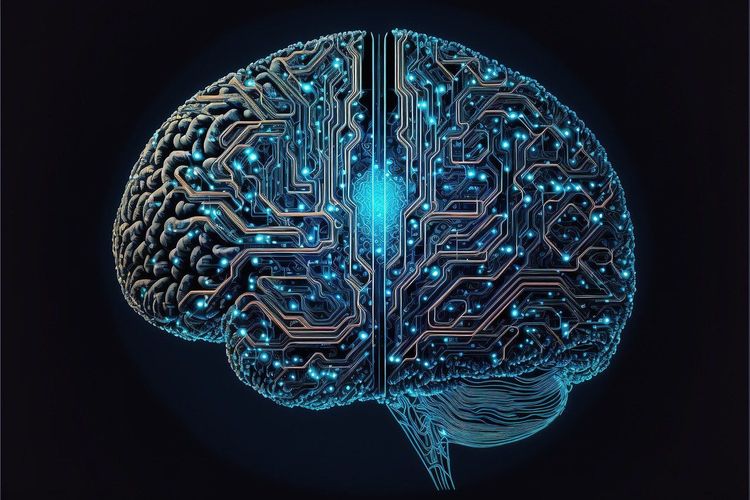Meta Unveils GPU Clusters Powering the Training of Llama 3 AI Model
Most people like

Introducing the AI-Powered Math and Physics Tutor: Your Ultimate Learning Companion
Unlock your full potential in math and physics with our advanced AI-driven tutoring platform. Designed to provide personalized assistance, our AI tutor adapts to your learning style, helping you grasp challenging concepts and excel in your studies. Experience tailored lessons, instant feedback, and engaging practice problems that make complex topics easier to understand. Discover the future of education with the AI-powered tutor that transforms how you learn math and physics!

In today's digital landscape, keeping your website fresh and engaging is crucial for attracting and retaining visitors. Our AI-driven website redesign tool leverages advanced algorithms to analyze user behavior and design trends, ensuring a seamless and dynamic online experience. This innovative solution empowers businesses to effortlessly enhance their web presence, improve user engagement, and ultimately boost conversions. Discover how our AI technology can transform your website into a powerful tool for growth.

Discover the ultimate AI-powered writing tool designed for seamless text generation. Transform your writing process with ease and efficiency, as this innovative tool assists you in crafting high-quality content effortlessly. Let advanced AI technology enhance your creativity and productivity, making writing tasks quicker and more enjoyable.
Find AI tools in YBX




